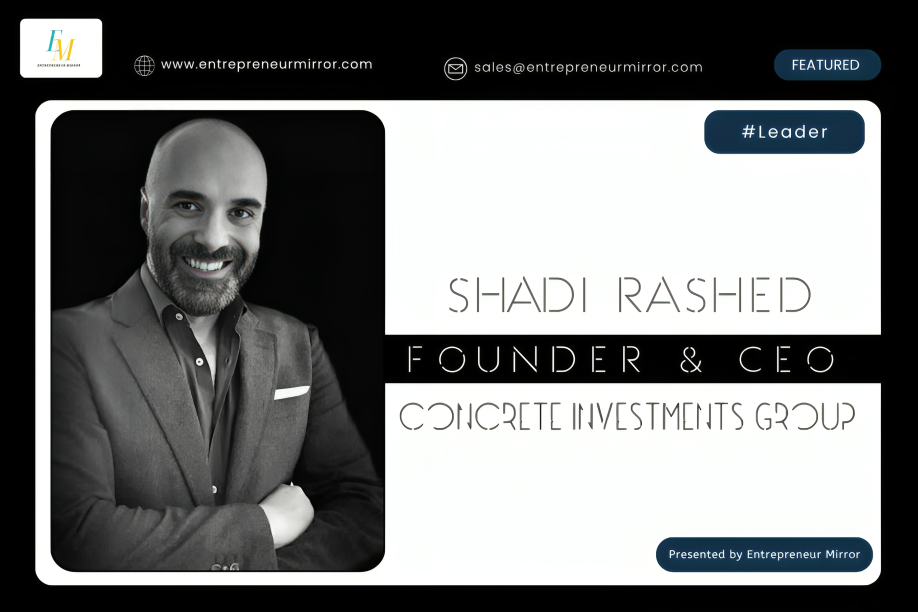The world is incredibly digital today! Businesses must seize the power of content marketing to captivate and engage their target audience. Whether you’re a startup, a small business, or a multinational corporation, crafting a robust content marketing strategy is essential to cut through the noise and establish your brand presence. You can build meaningful connections, inspire action, and drive business growth. Today, let us learn in detail how to develop content marketing strategies.
Understanding Your Audience: The foundation of a successful content marketing strategy lies in understanding your target audience. Conduct thorough research to understand their demographics, preferences, pain points, and behaviors. Develop buyer personas to create content that addresses their needs and aspirations.
Defining Your Objectives
Before diving into content creation, it is essential to define your objectives. What do you aim to achieve with your content marketing strategy? Do you want to increase brand awareness, generate leads, drive sales, or establish thought leadership? By clearly outlining your goals, you can effectively shape your content strategy to meet those objectives.
Keyword Research and SEO
Keywords play a vital role in making your content discoverable. Conduct thorough keyword research to identify relevant terms and phrases that your target audience uses when searching for information. Incorporate these keywords strategically into your content to enhance search engine optimization (SEO) and improve your chances of ranking higher in search results. Optimize your content by including meta tags, headers, and relevant links to boost visibility.
Content Creation and Distribution
Once you understand your audience and objectives, it’s time to create compelling content. Develop a solid content marketing strategy by creating a content calendar that outlines the types of content you will make, the platforms you will use, and the publishing frequency. Consider various formats such as blog posts, videos, infographics, podcasts, and social media posts to engage your audience across multiple channels. Focus on delivering value and solving problems for your readers.
Engage and Interact with Your Audience
Content marketing is not a one-way street. Encourage engagement and foster community by enabling comments, sharing social media, and responding to feedback. Actively participate in conversations related to your content on your platforms and others. By nurturing relationships with your audience, you can build trust and loyalty, creating brand advocates who will help amplify your content.
Measuring and Analyzing Results
To gauge the effectiveness of your content marketing strategy, establish key performance indicators (KPIs) aligned with your objectives. Track metrics such as website traffic, conversion rates, social media engagement, and time spent on the page to evaluate the impact of your content! Utilize analytics tools to gain insights into what resonates with your audience and adjust your strategy accordingly.
Identifying Content Distribution Channels
Once you’ve created compelling content, it’s crucial to identify the most effective distribution channels to reach your audience. Whether it’s social media platforms, email newsletters, industry publications, or collaborations with influencers, understanding where your audience spends their time will enable you to maximize your content’s reach and impact.
Harnessing the Power of Visual Content
Visual content has become increasingly important in content marketing strategy. Incorporating captivating images, videos, and infographics can help convey your message more effectively, capture attention, and enhance engagement. Leverage visual storytelling to make your content more memorable and shareable, and leverage platforms like YouTube, Instagram, and Pinterest to showcase your visual content.
Leveraging User-Generated Content
User-generated content (UGC) is a powerful asset for your content marketing strategy. Encourage your audience to create and share content about your brand, products, or services. UGC builds trust, authenticity, and social proof, demonstrating real people engaging with and benefiting from your offerings. Share and amplify UGC through your channels, and foster a sense of community and brand advocacy.
Personalizing Content Experiences
In an era where consumers crave personalized experiences, tailoring your content to individual preferences and needs can significantly impact engagement and conversions. Utilize data and analytics to understand your audience’s behavior and interests and create personalized content recommendations, email campaigns, or website experiences. Personalization fosters a deeper connection with your audience and helps deliver content that resonates personally.
Nurturing Leads with Content
Content marketing is not just about attracting new customers; it’s also about nurturing leads and guiding them through the buyer’s journey. Develop a content marketing strategy that addresses common questions, concerns, and pain points at each sales funnel stage. Utilize lead magnets, email nurturing campaigns, and targeted content to build trust, educate prospects, and move them closer to purchasing.
Frequently Asked Questions (FAQs)
- How long does it take to see results from a content marketing strategy?
Content marketing is a long-term strategy, and results may vary depending on factors such as industry, competition, and the quality of your content. It can take several months to see significant results. Consistency, quality, and relevance are crucial to building momentum and achieving sustainable growth.
- Should I focus on quantity or quality when creating content?
While it’s essential to maintain a consistent content production schedule, quality should always take precedence over quantity. It’s better to create fewer pieces of high-quality content that resonate with your audience than to produce a large volume of mediocre content. Focus on delivering value and addressing your audience’s needs.
- How can I repurpose my existing content effectively?
Repurposing content is a great way to extend its lifespan and reach a wider audience. You can transform a blog post into an infographic, create a video summarizing key points, or turn a series of articles into an e-book. Repurposing your content marketing strategy saves time and allows you to cater to different content consumption preferences.
- Is content marketing suitable for all industries?
Yes, content marketing strategy can be effective for businesses across various industries. Whether in technology, healthcare, fashion, or any other sector, creating valuable content that educates, entertains, or inspires your audience can help you build brand authority, attract customers, and drive business growth.
- How does content marketing in Singapore differ from other regions?
Content marketing strategies may differ based on cultural nuances, language preferences, and market characteristics. When targeting the Singaporean market, it’s essential to understand the local context, use appropriate language and tone, and cater to the specific needs and interests of the audience in Singapore.
A successful content marketing strategy requires a deep understanding of your audience, clear objectives, and a systematic approach to content creation, distribution, and analysis. Following the steps outlined in this guide and adapting them to your unique business and audience, you can develop a content marketing strategy that captivates, engages, and drives results. Embrace the power of content to connect with your audience and propel your brand to new heights.
Also Read:































































